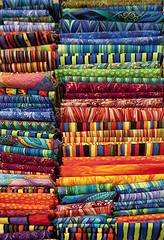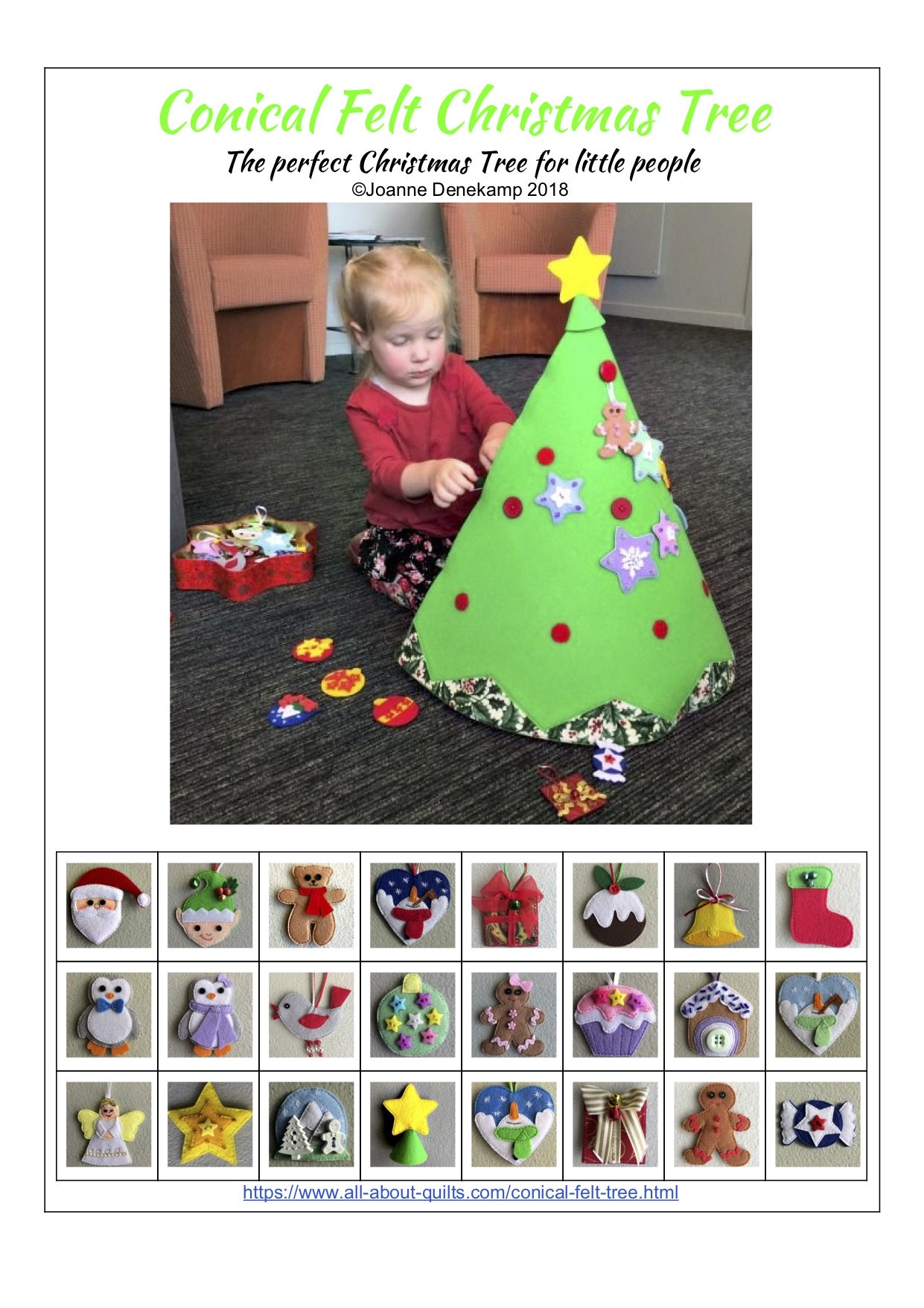Prewashing Fabric
Starting a quilting project is always exciting, especially when working with vibrant fabrics that you have chosen with care. However, there's an age-old debate among quilters worldwide: should you be prewashing fabric or not? The decision hinges on numerous factors, and there's no one-size-fits-all answer. Yet, understanding the pros and cons of prewashing and the optimal method for doing so can help you make an informed choice for your project.
I personally don't prewash my fabrics. Instead I only buy quality fabrics from reputable suppliers. Most high quality fabrics are also less likely to have colour bleeding because of manufacturing advances. That being said, I have only had trouble with one very bright red fabric bleeding slightly and it was a fabric that I had been given. Luckily for me it was in a dolls quilt so not a major disaster.
My advice is to do whatever you are most comfortable doing. You'll develop your own preferences for prewashing fabric as you work with fabrics and construct your quilts. Ask other quilters for their opinions on fabric care, listen to what they say, then experiment to determine which techniques work best for you. I hope the following information helps you to make an educated decision.

Photo courtesy of Tony Hisgett
Reasons for Prewashing Fabric
Pre-shrinking: One of the primary benefits of prewashing fabric is that it reduces post-creation shrinkage. Fabric, being a material prone to shrinkage when washed and dried, can lead to unforeseen crinkles in your finished quilt. By prewashing, you pre-empt the shrinkage, ensuring that the final dimensions and look of your quilt will not change after its first wash.
Preventing Bleeding: Prewashing reduces the risk of color bleeding, which can ruin the appearance of a quilt. Colors like dark blue, purple, and red are notorious for bleeding and can spread to adjacent lighter fabrics during washing. Prewashing can help prevent this dye migration, keeping all your quilt’s colors in their designated spots.
Removing Chemicals: During manufacturing, fabrics are often treated with various chemicals that can be irritating for anyone with sensitive skin. Prewashing can help eliminate these chemical residues, making the finished quilt safe for individuals with sensitivities or allergies.
Furthermore, if you're mixing fabric types in a single project, prewashing can be essential to ensure consistency. For instance, flannel is known to shrink more than cotton and could distort your quilting project if not prewashed.
Reasons For Not Prewashing Fabric
While prewashing has its advantages, some people opt out of this step, and they have their reasons, too.
Time and Effort: Prewashing can add significant extra time and effort to a quilting project. From the washing and drying to the inevitable ironing needed to smooth the wrinkles, it can be a time-consuming process. For many, the appeal to dive into their quilting project straight away is irresistible.
Ease of Use: Freshly bought fabric typically has a stiffness that some quilters prefer. This trait can make the material easier to cut and sew, enhancing accuracy in the quilt creation process.
Texture Preference: Some quilters love the added texture and the unique, cozy, "sun-dried" crinkle effect that comes from washing the quilt after it's been sewn.
Avoiding Fraying: Certain types of fabric, like linen, fray easily in the wash. If you prefer not to deal with frayed edges, skipping prewashing might be the best choice.
How to Prewash Fabric
If you decide to prewash your fabric, there are a few rules to follow to maintain its pristine condition.
First, always prewash before you start any cutting to ensure even, uniform dimensions. Use cool water and a mild detergent or soap to treat your fabrics delicately. For colorful fabrics, consider using color catchers during your prewash to trap excess dye that may be released during washing.
Another crucial tip is to avoid the soak cycle when washing. A soak cycle can allow loose dye to settle on other fabric pieces, potentially causing staining. With advancements in fabric manufacturing and dyeing, color bleeding is less common, but it's always safe to sidestep potential mishaps.
In terms of ironing, use low heat settings to keep wrinkles to a minimum and to minimize any potential shrinkage.
Avoid Prewashing Certain Fabrics
It’s recommended to avoid prewashing any fabric that is Fat Quarter size or smaller. These smaller pieces are prone to unravel in the wash and can also shrink significantly, potentially leaving you short on fabric if your chosen pattern calls for Fat Quarters.
At the end of the day, there's no definitive answer in the fabric prewash debate, and quilters might find differing opinions in various quilting communities. The Golden Rule whether you decide to prewash or not prewash all your fabrics, is to be consistent. Either prewash all your fabrics, or don't prewash at all. Now that is what all the research says but I've thrown a wee spanner in the works here because I have made several quilts where I have used both prewashed and not prewashed fabric with very pleasing results. However, the best way to discover what works well for you is through personal experimentation and understanding your preferences and the characteristics of the fabrics you enjoy working with.
My Amazon ads are my affiliate links. Thank you.



New! Comments
Have your say about what you just read! Leave me a comment in the box below.